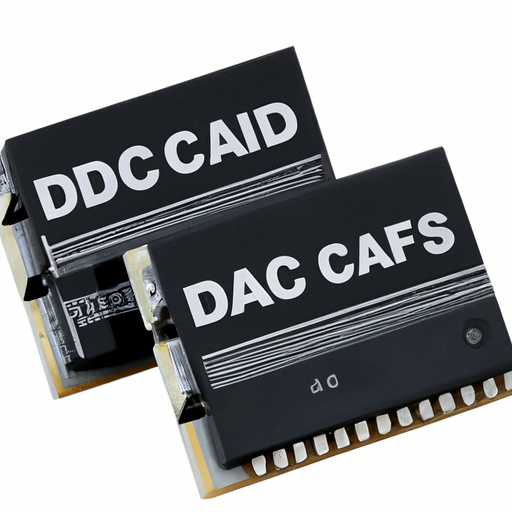Overview of DIACs and SIDACs
DIACs (Diodes for Alternating Current) and SIDACs (Silicon Diodes for Alternating Current) are crucial semiconductor devices in power electronics, known for their ability to control and protect electrical systems. Their unique operational characteristics make them suitable for various applications, particularly in AC circuits.
Core Functional Technology
1. DIAC (Diode for Alternating Current)
- **Functionality**: DIACs are bidirectional devices that remain in a non-conducting state until the voltage across them exceeds a specific breakdown voltage. Once triggered, they conduct current in both directions.
- **Operation**: The switching behavior of DIACs is symmetrical, allowing them to operate effectively in AC applications. They are typically used to trigger TRIACs, which control larger loads.
- **Applications**: Common applications include:
- Light dimmers
- Motor speed controls
- Over-voltage protection circuits
2. SIDAC (Silicon Diode for Alternating Current)
- **Functionality**: SIDACs are designed for higher power applications compared to DIACs. They also switch from a non-conducting to a conducting state at a defined breakdown voltage but can handle higher currents and voltages.
- **Operation**: SIDACs exhibit a sharp switching characteristic, making them suitable for fast applications. They are often used in conjunction with other components for triggering and protection.
- **Applications**: Typical applications include:
- Surge protection devices
- Snubber circuits
- Triggering SCRs (Silicon Controlled Rectifiers)
Application Development Cases
1. Light Dimming Circuits
- **Implementation**: DIACs are used in light dimmers to control the phase angle of the AC voltage supplied to lamps. By adjusting the conduction point of the DIAC, the effective voltage and current can be varied.
- **Effectiveness**: This application allows for smooth dimming, enhancing user experience and energy efficiency, making it a popular choice in residential and commercial lighting.
2. Motor Speed Control
- **Implementation**: In fan speed controllers, DIACs trigger TRIACs to control the power delivered to the motor. By varying the conduction angle, the motor speed can be adjusted.
- **Effectiveness**: This showcases the versatility of DIACs in controlling inductive loads, leading to energy savings and improved performance in HVAC systems.
3. Surge Protection Devices
- **Implementation**: SIDACs are integrated into surge protection circuits to clamp voltage spikes. When a surge occurs, the SIDAC conducts, diverting excess current away from sensitive components.
- **Effectiveness**: This application highlights the robustness of SIDACs in protecting electronic devices from transient voltage events, ensuring reliability and longevity in consumer electronics and industrial equipment.
4. Snubber Circuits
- **Implementation**: SIDACs are used in snubber circuits to absorb voltage spikes generated by inductive loads when switched off. This prevents damage to other components in the circuit.
- **Effectiveness**: The fast response time and high current handling capability of SIDACs enhance the overall reliability of power electronic systems, making them essential in motor control and power supply applications.
5. Triggering SCRs
- **Implementation**: SIDACs can trigger SCRs in phase control applications for AC loads. The SIDAC provides a sharp trigger pulse, ensuring reliable SCR operation.
- **Effectiveness**: This application demonstrates the ability of SIDACs to improve the performance of SCR-based circuits, enhancing efficiency and control in power electronics.
Conclusion

DIACs and SIDACs are integral components in modern power electronics, offering effective solutions for controlling and protecting electrical systems. Their unique characteristics enable a wide range of applications, from lighting control to surge protection. As technology advances, the potential for new applications for these devices will likely expand, further solidifying their importance in electronic design and engineering. Their role in enhancing energy efficiency, reliability, and performance in various systems underscores their value in contemporary electronic applications.